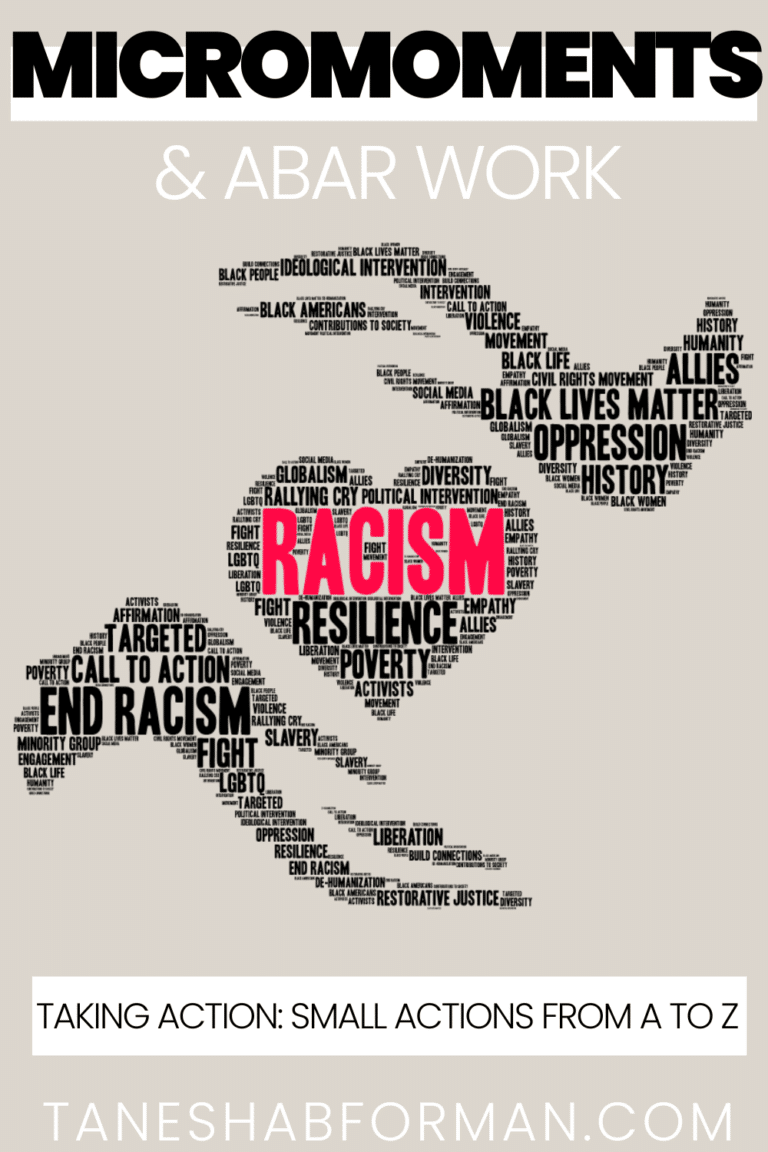
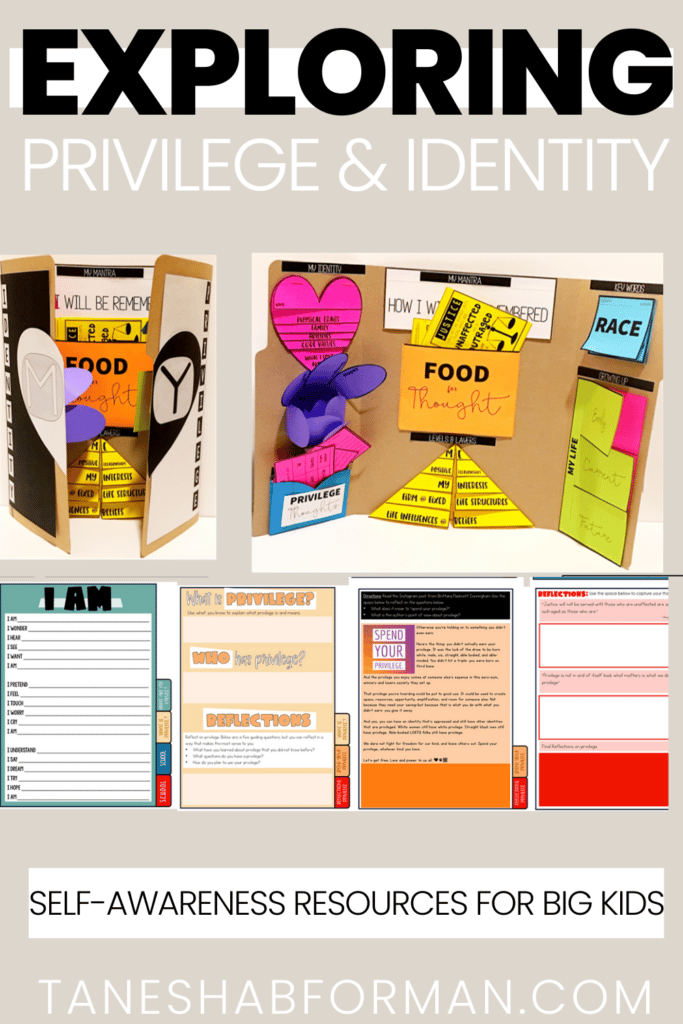
Exploring Identity and Privilege
As I continue to grow as a teacher, I explore who and I am, and why I teach. Being a teacher is an important part of my identity, but there are so many other parts of my identity that are intertwined into the “WHY” I teaching. I’ve also realized that my students are also thinking about their identity. I took a bold step forward and decided to engage with my students… and I’m loving every minute of it!
What is identity? The qualities, characteristics or beliefs that make a person who they are.
Why discuss it? You and your students already do! Ever heard students teasing each other with the phrase “what are those?” Yes, this is connected to identity. While it seems like a harmless pop culture phrase, it’s essentially an attack on someone’s socioeconomic or social identity. It’s essentially saying the shoes that you are wearing are off brand, or not the latest. Sounds pretty innocent right? Well, I hate to share how many times I’ve consoled upset scholars about being asked this, and how many times they’ve shared the connection to what their families could or could not afford. This is a very basic example, but I’ve dealt with students making assumptions about the identities of others (e.g. calling a Latina student white, or a biracial student black). Middle school (IMO) is all about identity and exploring who we are. As a teachers most of us are having organic in the moment conversations with our students; so why not be planned and give students a space through which to discuss what they’re already discussing…their identity.
How? There are a plethora of activities that give students an opportunity to explore their identity. The majority of them I am sure many teachers have used in the past (told you that you already to it). One intentional move that I made when discussing identity with students was simply naming what we were doing. We are going to discuss our identity. This means the characteristics that make us who we are. Part of our identity may be visible to others and while other parts aren’t. Sometimes people will make assumptions about our identities that may or may not be true. Some parts of our identity might change over the course of our lives, and others will not.
 |
| Click here for this activity |
Below are a few activities that connect to identity:
♡ All About Me crafts
♡ I AM poems
♡ Growth Mindset activities
♡ Journals
♡ Autobiographical Writing
♡ Family Trees
♡ Find Someone Who
♡ Roll and Share (with dice)
♡ Show & Tell
♡ Life Map
♡ Student Questionnaire
What is privilege? Privilege is unearned access to resources only available to some people as a result of part of their real or perceived identity.
Why? Whoa, I’ll admit this is a difficult concept to grasp for anyone, let only middle schoolers! Part of my teaching philosophy includes my belief that I am teaching the future. Therefore, they must grapple with and challenge their position in the world. In my class, 100% of my students identify as people of color. They are having ongoing conversations about events in the world and our community that intersect with race, class, and privilege. As a teacher I could shy away from this, but I choose not to. I embrace the discomfort in order to benefit the future presidents, athletes, teachers, doctors, botanists, and whatever else that sit in my class.
How? This is all my opinion as there’s no manual (that I’ve found) on discussing privilege with middle schoolers. I wanted them to have a “seat at the table,” access to knowledge about the world, and an opportunity to spark curiosity and conversation within our class about the intersectionality of identity and privilege. Strategies:
♥ Discuss the definition of privilege
♥ Use scenarios to provoke thought on how we can use our privilege to help others
♥ Have students reflect on the privileges they don’t have and how that might impact them
♥ Ask meaty questions like “how can privilege create a system of oppression?” or “how can we use our privilege to make the world a better place?
A Few Big Ideas:
- Privilege doesn’t mean that your life is easy.
- There are different parts of our identity that may afford us privilege which include: race, socioeconomic status, language, country of origin, gender, religion, education, ect.
- Everyone has multiple layers of their identity and areas of privilege.
- All privilege is not equal.
- Sometimes privilege is based on perception versus reality.
- Privilege is complex.
Interested in a full unit on identity and privilege? Click here!
T

PIN FOR LATER!
JOIN THE COLLECTIVE
Sign up and access the FREE resources to support your Anti-Bias/Anti-Racism journey.

Tanesha B. Forman
I'm a current middle school administrator who loves breaking down complex topics and providing opportunities for educators learn, reflect, practice, and implement methods that foster equity and anti-racism. I believe we win together!
Behind the Blog
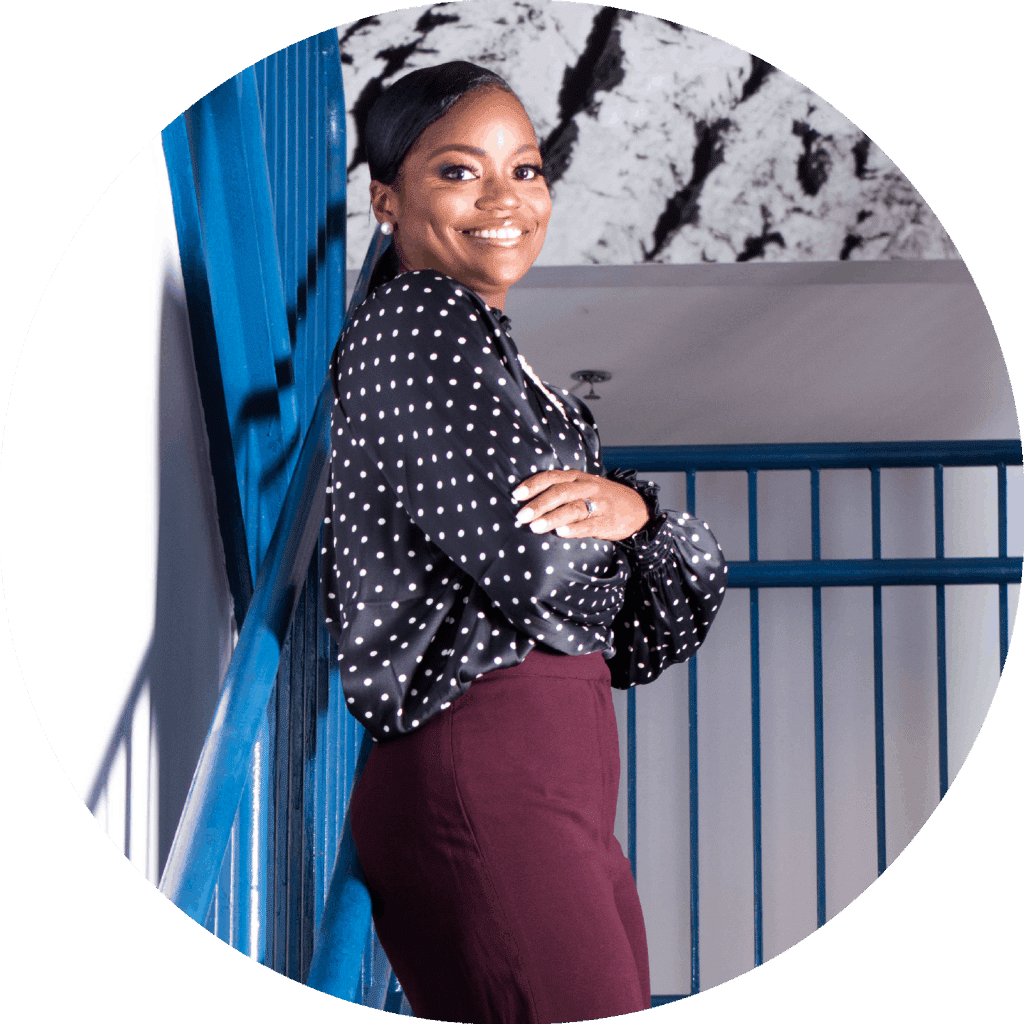

Hi, I'm Tanesha.
I’m a current middle school administrator who loves breaking down complex topics and providing opportunities for educators learn, reflect, practice, and implement methods that foster equity and anti-racism. I believe we win together!




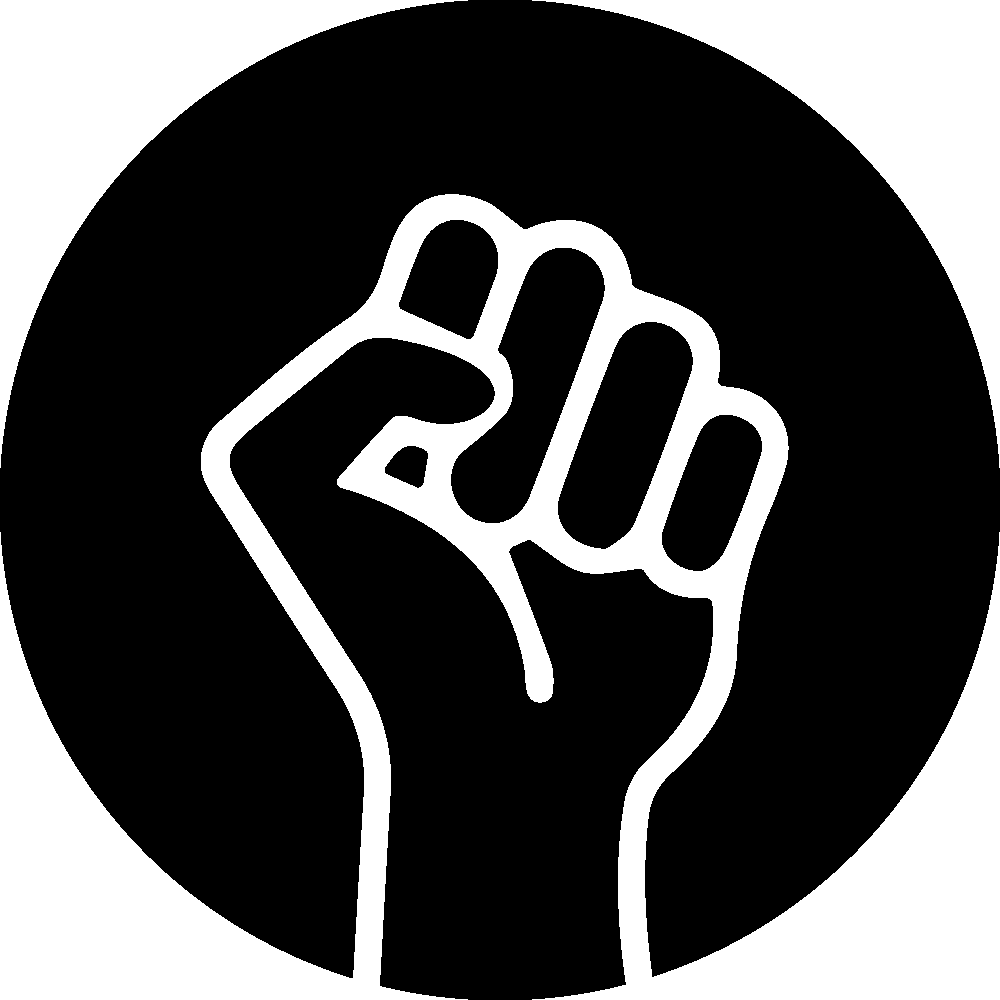
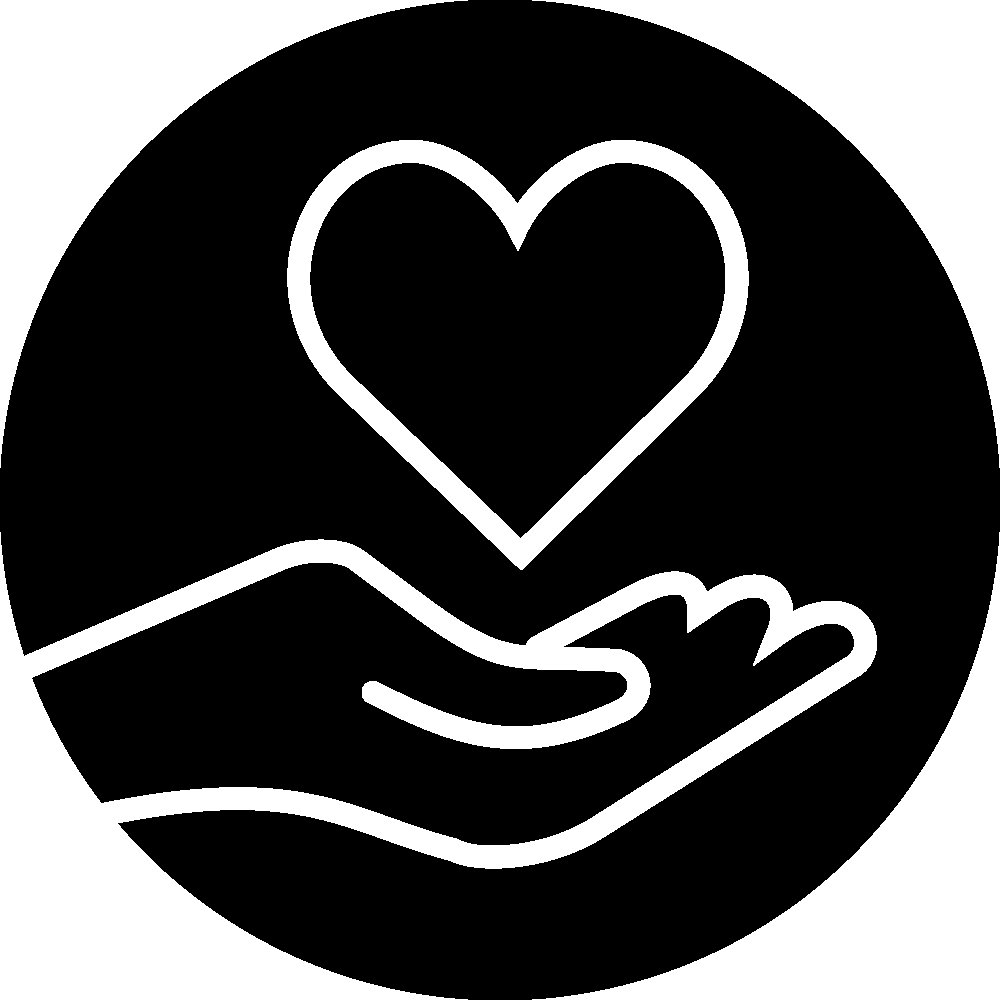
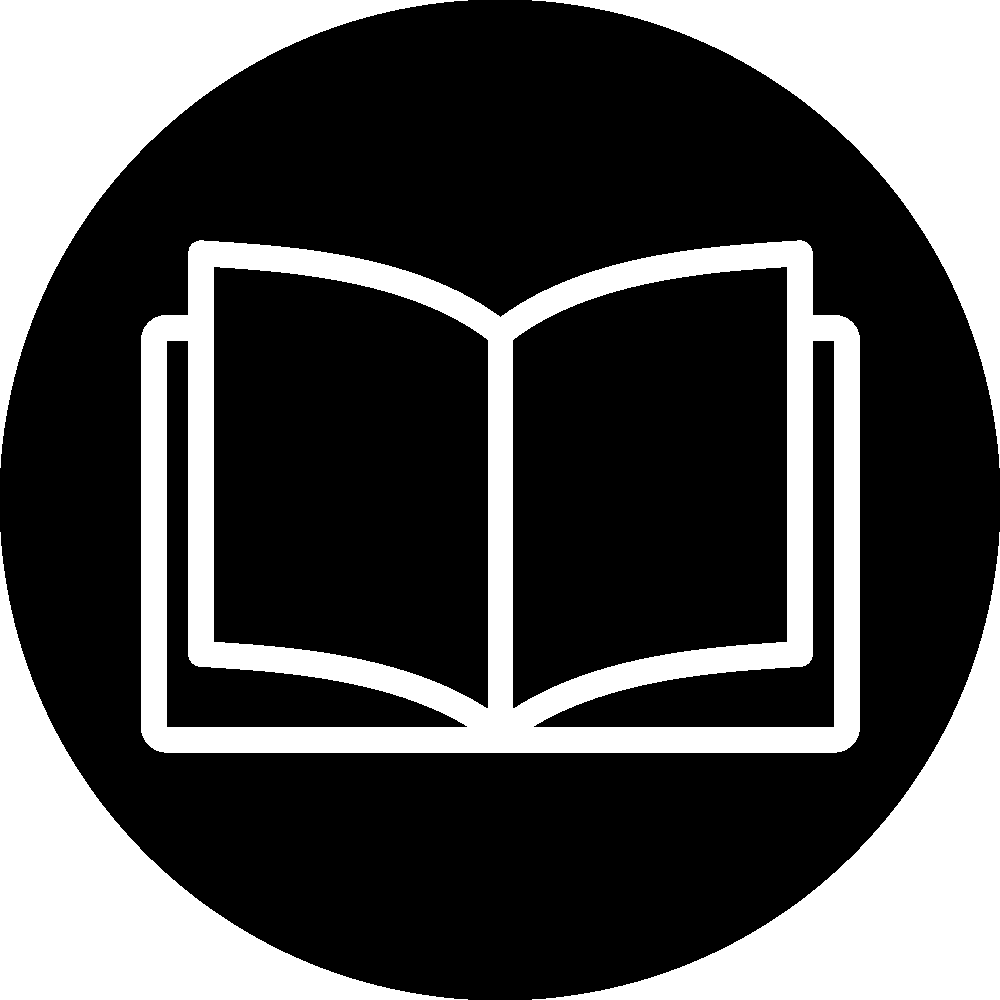

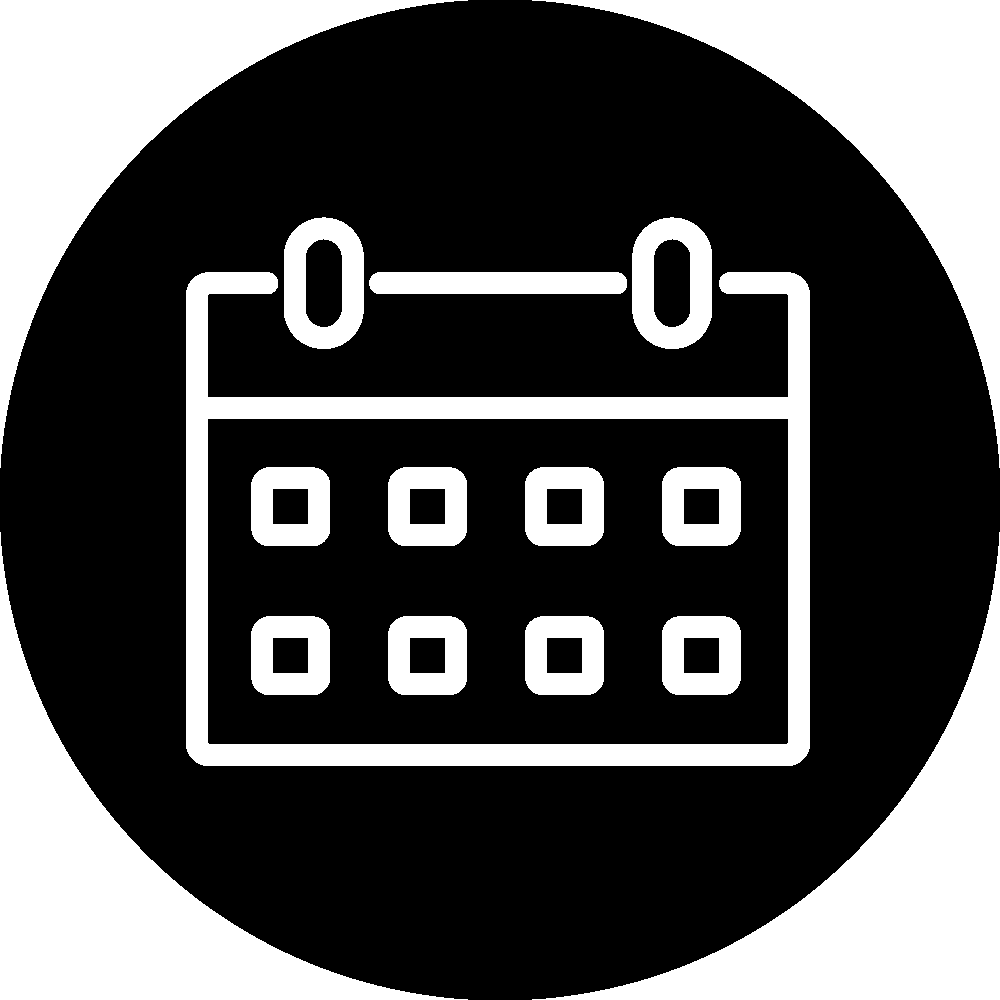
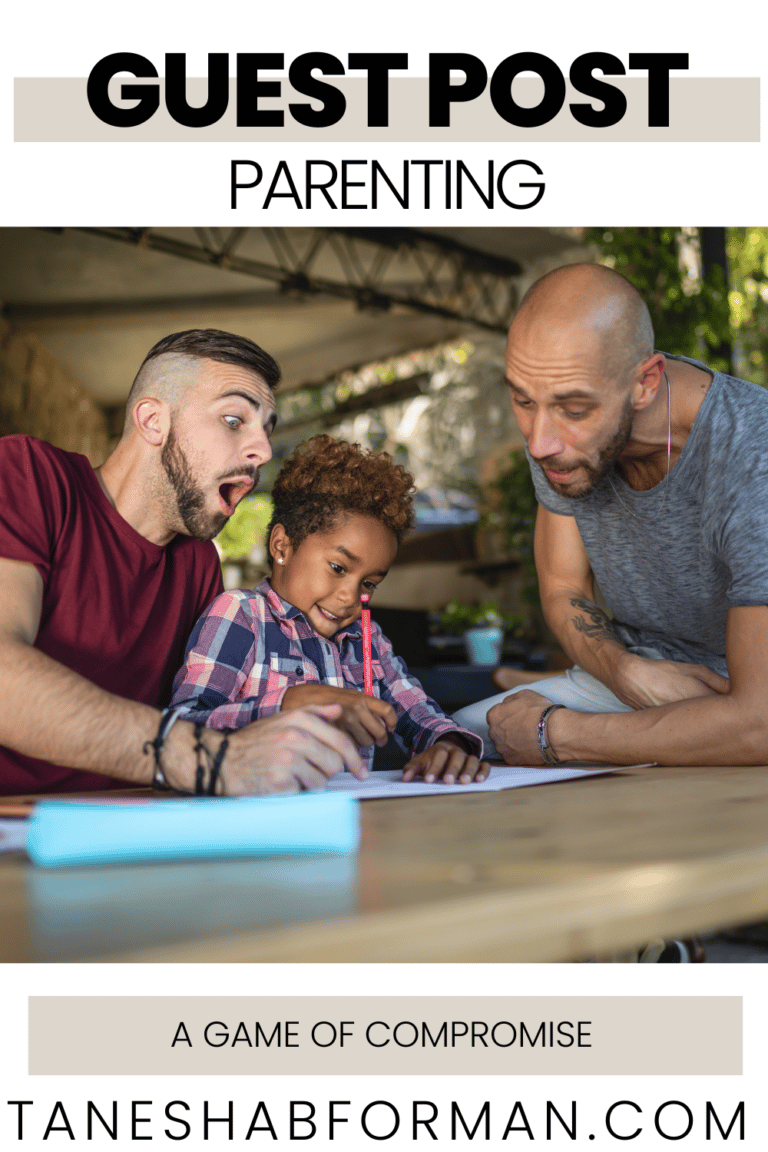
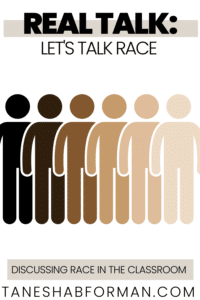
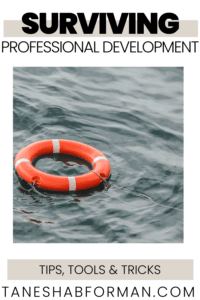
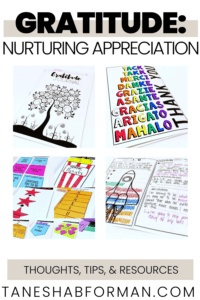
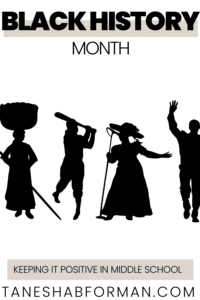

1 thought on “Exploring Identity and Privilege”